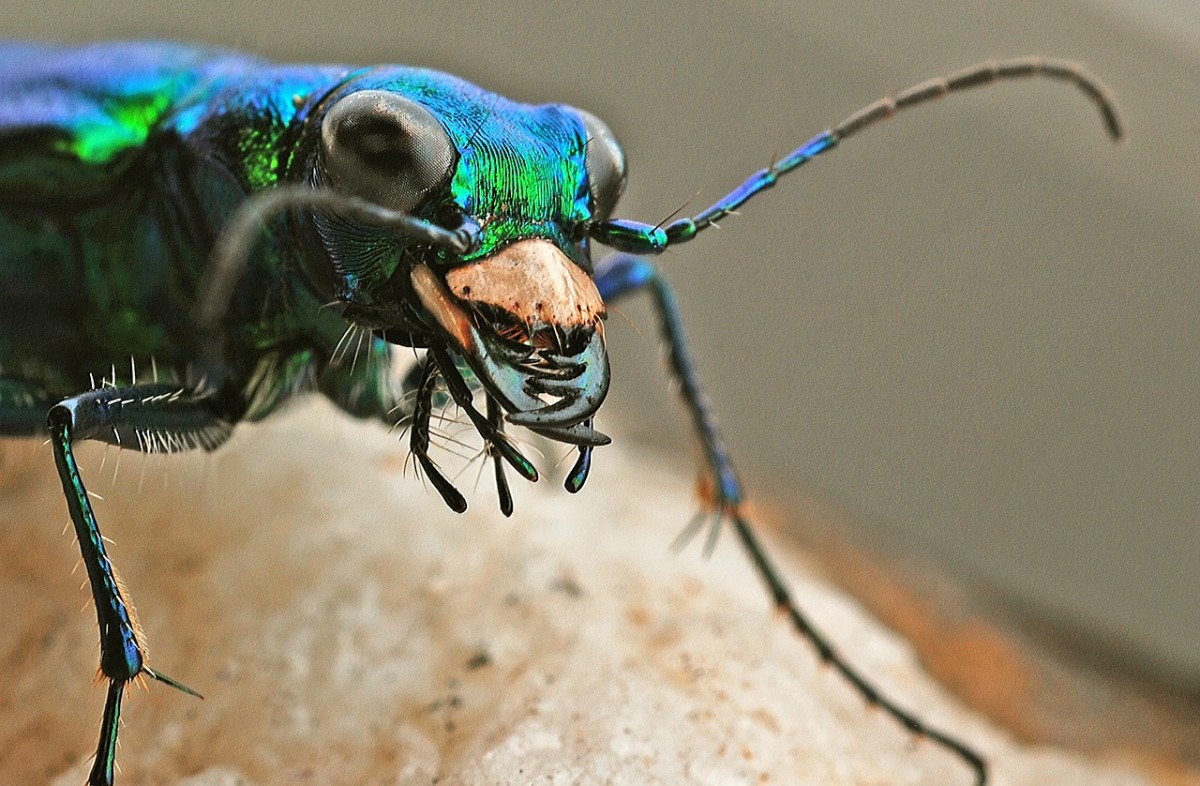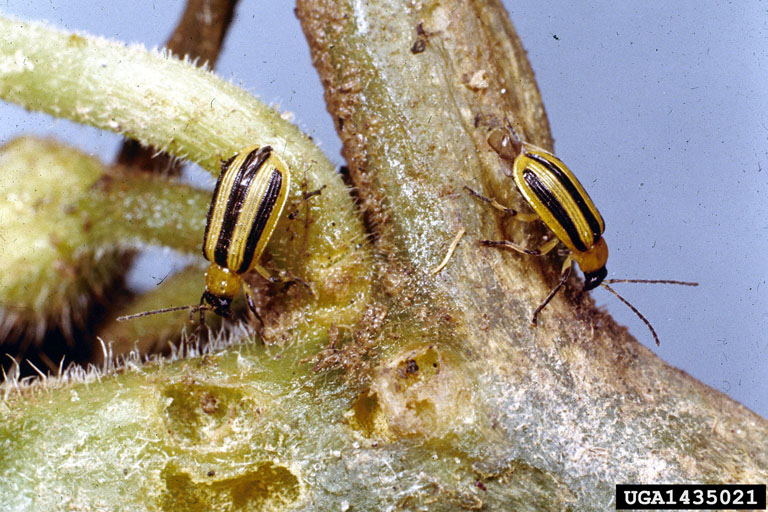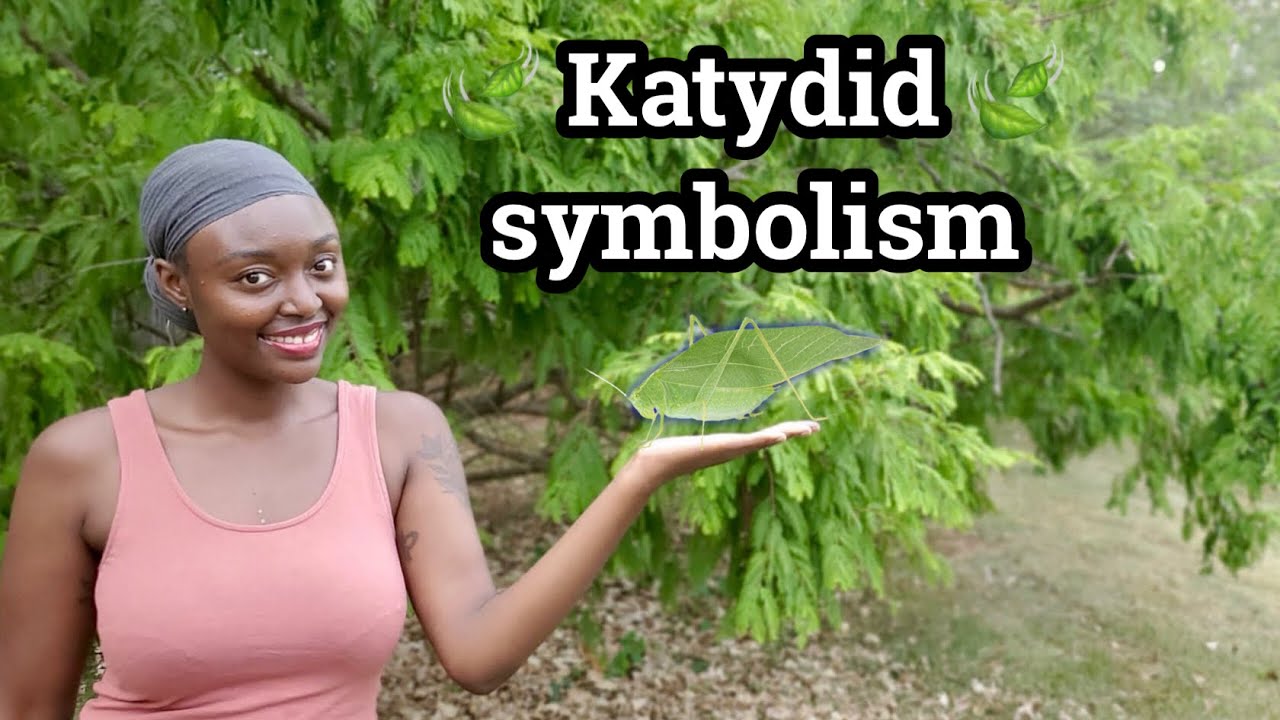Beetle Identification Guide

The vast and fascinating world of beetles is home to over 400,000 known species, making up about 40% of all insect species and 25% of all known animal species on Earth. With such diversity, identifying beetles can be a daunting task, even for the most seasoned entomologists. However, understanding the basics of beetle anatomy, learning to recognize key features, and knowing where to look can significantly simplify the process.
Introduction to Beetle Anatomy
Before diving into the specifics of identification, it’s crucial to have a basic understanding of beetle anatomy. Beetles belong to the order Coleoptera, and their body plan consists of three main parts: the head, thorax, and abdomen. The head contains the eyes, antennae, and mouthparts. The thorax is divided into three segments (prothorax, mesothorax, and metathorax), each of which bears a pair of legs. The mesothorax and metathorax also have wings, with the hindwings being used for flight and the forewings (elytra) serving as protective covers for the hindwings when not in use. The abdomen contains the digestive organs and the reproductive structures.
Key Features for Identification
Several key features are crucial for identifying beetles, including:
- Body Shape and Size: Beetles come in a wide range of shapes and sizes, from the tiny feather-winged beetles to the large Titanus giganteus. The shape of the body, including whether it is elongated, spherical, or flattened, can give important clues.
- Color and Pattern: Many beetles have distinctive colors or patterns that can aid in identification. However, it’s essential to remember that some beetles can change color or pattern as they mature.
- Antennae Shape: The shape and length of the antennae can vary significantly among different beetle species. Some have long, slender antennae, while others have short, club-shaped ones.
- Leg Structure: The structure of the legs, including the presence of spines or modifications for specific functions like digging or swimming, can be diagnostic.
- Elytra: The elytra (forewings) not only protect the hindwings but can also have distinctive shapes, colors, and patterns that are important for identification.
Using Field Guides and Resources
For those new to beetle identification, field guides and online resources can be invaluable. These tools provide detailed descriptions, images, and sometimes even distribution maps to help narrow down the possible identities of a specimen. It’s also beneficial to consult with experts or join entomological societies where members can share knowledge and experience.
Step-by-Step Identification Process
- Observe the Beetle’s Overall Appearance: Start by noting the beetle’s size, shape, color, and any distinctive patterns or markings.
- Examine the Head and Antennae: Look closely at the head, noting the shape of the eyes, the structure of the mouthparts, and the shape and length of the antennae.
- Inspect the Thorax and Elytra: The prothorax, mesothorax, and metathorax should be examined for any distinctive features. The elytra should be inspected for shape, color, and any patterns.
- Look at the Legs and Abdomen: Note any modifications of the legs and the shape and segments of the abdomen.
- Consult Resources: Use field guides, online databases, and expert opinions to match your observations with known species.
Common Beetle Families
Understanding some of the most common beetle families can also aid in identification. For example:
- Carabidae (Ground Beetles): Typically black or metallic, often found on the ground.
- Coccinellidae (Lady Beetles): Known for their bright colors and spots, these beetles are often beneficial, eating aphids and other pests.
- Curculionidae (Weevils): Recognizable by their elongated snout, weevils are commonly found on plants and can be serious pests.
Preservation and Collection
For those interested in more detailed study or in confirming identifications, collecting and preserving beetles can be necessary. This involves killing the beetle humanely, drying it to prevent decay, and then storing it in a way that prevents damage. However, collection should always be done responsibly and legally, with consideration for local regulations and the potential impact on populations.
Future of Beetle Identification
The future of beetle identification is likely to be heavily influenced by technology, with advances in digital imaging, artificial intelligence, and genetic sequencing. These tools will make it easier for both professionals and hobbyists to identify species accurately and contribute to our understanding of the vast and complex world of beetles.
Conclusion
Beetle identification is a complex but rewarding field that combines observation, knowledge, and patience. By understanding the basics of beetle anatomy, recognizing key features, and utilizing the right resources, anyone can begin to explore and appreciate the incredible diversity of beetles. Whether you are a seasoned entomologist or just starting out, the world of beetles has much to offer, from the fascinating to the beautiful, and from the beneficial to the intriguing.
What is the most common way to identify beetles?
+The most common way to identify beetles involves observing their overall appearance, including size, shape, color, and pattern, followed by a closer examination of specific features like the head, antennae, thorax, elytra, legs, and abdomen. Consulting field guides and expert resources is also crucial.
How do I start collecting beetles?
+Starting a beetle collection involves acquiring the necessary equipment (like nets, killing jars, and storage containers), learning about humane methods of capture and preservation, and understanding local laws and regulations regarding insect collection. It’s also important to learn about responsible collection practices to ensure minimal impact on beetle populations and ecosystems.
What role do beetles play in the ecosystem?
+Beetles play a significant role in ecosystems, serving as pollinators, decomposers, and a food source for other animals. Some species of beetles are also beneficial as they prey on pest insects, while others can be considered pests themselves due to their feeding habits on crops and plants.

